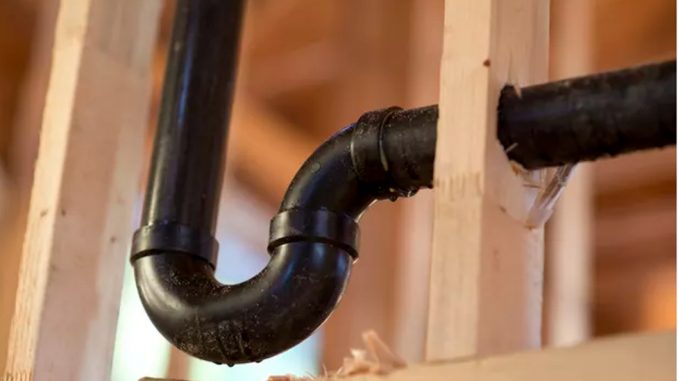
Epoxy adhesives provide high-strength, powerful bonds between different materials with different cure times available depending on application. The power and flexibility of epoxy adhesive makes it useful for the repair and bonding of pipes.
The best way to understand what epoxy adhesives bring to the party is probably by comparing them to more traditional cyanoacrylate superglues.
Superglues bond within seconds. Whilst that can be useful in small gluing tasks, it can cause problems in more complex applications such as bonding pipes.
With a fast-curing adhesive, there is little margin for error. Fit a pipe together incorrectly and bonding will have taken place before you can rectify the mistake.
An epoxy adhesive offers greater control over the adhesion process. With work times decided by the formulation of the epoxy, adhesives can be made with cures anywhere between 60 seconds and two hours.
Then there is their performance. Epoxy adhesives are also known as structural or engineering adhesives. They are found in the aircraft, aerospace technology and automobile industries, as well piping systems. That gives you an idea of the strength they can provide.
Using epoxy adhesives to bond pipes
Epoxy adhesives offer excellent adhesion to metals and rigid substances such as thermoset plastics and composites. Their bonds are stiff and durable and resistant to temperature and chemicals.
A two-part epoxy adhesive like Sylmasta Rapid 5 Minute supplies the two epoxy components – resin and hardener – separately. Both components are extruded onto a flat, disposable surface like a piece of cardboard or the bottom of a can and mixed together with a stirrer.
Once successfully mixed, the adhesive is applied to one of the pipes to be bonded using the stirrer. Once the entire area has been covered in a thin layer of epoxy, the two pipe parts are pushed firmly together.
How long the sections need to be held in place whilst bonds form is determined by the work time of the epoxy. For epoxies with a longer cure time, parts can be clamped rather than held by a human.
After all, you probably have better things to do than hold two pieces of pipe together for two hours when using a slower setting epoxy.
Once the work time has elapsed, pressure can be relieved on the two sections of pipe. It should still remain undisturbed for a further period – normally eight times the work time – to achieve an initial cure.
After the initial cure, the pipe can be moved. It should not be put back into service until it achieves a full cure, which takes double the initial cure time.
Using epoxy adhesive to repair holes and cracks in pipes
As well as gluing materials together, epoxy adhesives can fill small gaps. An epoxy adhesive with a thixotropic formulation has a thickness that means it will not drip or run when applied to vertical surfaces. This allows it to cure over pinhole leaks, cracks and pitting in pipes and tanks.
Once the resin and hardener have been extruded and mixed, you apply the adhesive over the hole in the tank using the stirrer and then leave it to cure. A thin layer will set over the hole or crack in the pipe, sealing it in much the same way as epoxy putty does.
Obviously, epoxy adhesive would not be suitable for repairing larger holes and cracks in pipes and tanks. But w3hen the damage is minimal, they can offer a fast and cost-effective method of sealing pinhole leaks.
Bonding PVC pipe? Use Solvent Cement
Epoxy adhesives can be used to glue PVC plastic pipes, but these bonds may not be overly effective. Methacrylate adhesives offer an alternative as they are designed to adhere to hard-to-bond engineered plastics, advanced composites, exotic metals and difficult substrates.
In the marine industry, methacrylate adhesives are often used to bond GRP. They provide exceptional sheer and peel strengths, and come with high impact and environmental resistance.
For super-strength bonding of PVC plastic, one type of adhesive stands above all others – solvent cement. Whereas epoxy and methacrylate adhesives glue parts together, solvent cement melts the surface of the plastic to create a chemical bond more suitable for a complex pipe material like PVC.
Primer is brushed onto the surface to pre-soften the PVC. The solvent cement is then applied and the parts to be bonded held in place, enabling the chemical bond to form.
The handling time of solvent cement is dependent on the size of the pipe and temperature. Often, it can be as quick as 30 seconds. As the solvent flashes off or evaporates, the newly fused PVC molecules harden.
Once all the solvent has gone, the bond is considered fully cured with one uniform piece of PVC pipe left behind.

Leave a Reply